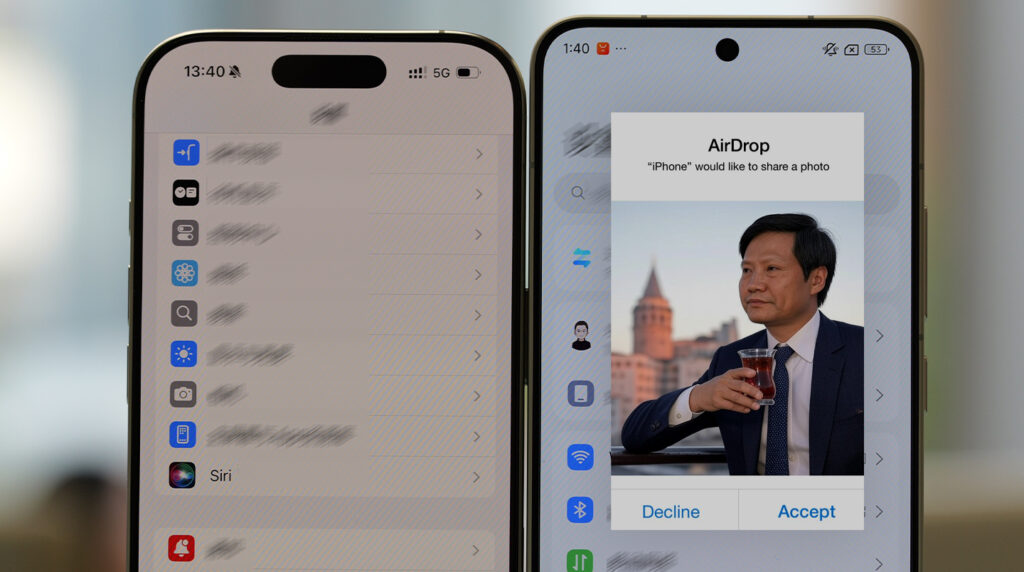Google officially declared that Android’s Quick Share now works seamlessly with Apple’s AirDrop, allowing Android and iPhone devices to directly transfer files to each other for the first time. This is a cross-platform capability that, for now, starts with the Pixel 10 series, and it is confirmed to expand to more Android models soon, including future Xiaomi smartphones such as the Xiaomi 15 series and upcoming Xiaomi HyperOS devices.
There’s no need to consider platform limitations when users want to share any files, as this makes daily communication easier across ecosystems. For Xiaomi users, this will be integrated naturally into the existing HyperOS sharing interface, much like our guides on Xiaomi Quick Share and HyperConnect setup.
What the New Quick Share–AirDrop Integration Offers
The new interoperability of Google lets Android and Apple devices find each other inside the standard Quick Share and AirDrop menus. When an Apple device enables the “Everyone for 10 minutes” mode, it becomes visible to compatible Android models. File transfer happens straight after the recipient accepts the request with no intermediate servers.
This direct, peer-to-peer connection ensures maximum privacy, improved performance, and a predictable sharing workflow across smartphones, tablets, and computers.
How the System Works
The feature supports photos, videos, documents, and all standard file types. Transfers occur over a secure local channel that doesn’t log content or route data through the cloud.
Google points out that its engineering leverages Rust for the communications layer, offering memory safety and eliminating large classes of attack vectors. On top of this system, Android and iOS harden it further with native platform protections and user-approval requirements.
Strong Security Validated by Independent Assessment
The internal modeling at Google includes privacy reviews and red-team testing, but the company also hired NetSPI to do third-party penetration testing.
The company found that the Quick Share–AirDrop implementation is secure, “notably stronger” compared to similar technologies, and does not leak information. The assessment gives assurance that Google’s new cross-platform feature has a reliable security structure behind it. Security Layers in Detail
- Hardened Sharing Channel: Written in Rust, to prevent memory vulnerabilities.
- Platform-Level Protections: Android uses OS-level Rust adoption in conjunction with Google Play Protect, while iOS uses its sandboxed architecture to block malicious files.
- User Control: All transfers must be approved by the user, so users only receive intended files.
Availability and What It Means for Xiaomi Users
The interoperability of Quick Share–AirDrop starts with the Pixel 10 series, starting from around $799, USD, and will become widely available to an extensive list of Android devices in the coming months. We believe the Xiaomi 17 series will have this feature. Google also confirms its openness to collaborate with Apple to eventually support the “Contacts Only” sharing mode.
The rollout for Xiaomi users will integrate into the existing HyperOS sharing panel. When the supported models receive the update, Apple devices will directly appear inside Xiaomi’s Quick Share interface, providing a seamless experience between the iPhone, iPad, Mac, and Xiaomi smartphones like Xiaomi 17, Xiaomi 15T series, and later Xiaomi Pad 8 models.
This new interoperability thus presents a meaningful improvement in cross-platform usability. Google’s technical method ensures that sharing across both ecosystems is secure, fast, and transparent. The Xiaomi devices will get this upgrade in the future, improving communication for HyperOS without extra applications or complicated setups.
Source: https://9to5google.com


 Emir Bardakçı
Emir Bardakçı


